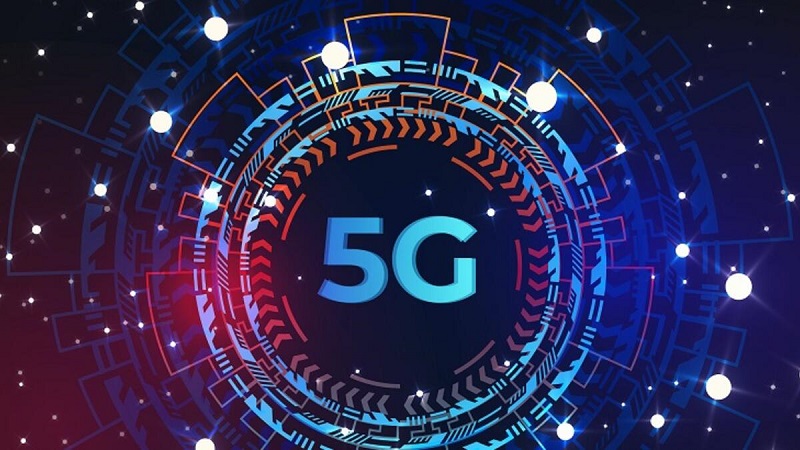The advent of 5G technology marks a significant leap forward in mobile network capabilities, promising faster speeds, lower latency, and a host of new applications that will transform our digital lives. For those aged 16-40, understanding 5G is crucial as it will shape the future of connectivity and innovation.
What is 5G?
5G, or fifth-generation wireless technology, is the latest iteration of mobile networks, designed to enhance the speed and responsiveness of wireless communications. Unlike its predecessors, 5G offers a theoretical peak speed of 20 Gbps, compared to 1 Gbps for 4G, and significantly lower latency, which can improve the performance of various applications.
How Does 5G Work?
5G operates on higher frequency bands, known as millimeter waves, which can carry more data at faster speeds. These waves, however, have shorter ranges and are more easily obstructed by physical objects. To overcome this, 5G networks use a dense network of small cells, which are low-power base stations that cover smaller areas compared to traditional cell towers.
Additionally, 5G employs advanced technologies such as Massive MIMO (Multiple Input Multiple Output), which uses multiple antennas to send and receive more data simultaneously, and beamforming, which directs signals to specific users rather than broadcasting in all directions.
Benefits of 5G
The benefits of 5G extend beyond just faster internet speeds. Here are some key advantages:
Enhanced Mobile Broadband
5G will provide significantly faster download and upload speeds, making it possible to stream high-definition video, play online games with minimal lag, and download large files in seconds.
Ultra-Reliable Low Latency Communication (URLLC)
With latency as low as 1 millisecond, 5G will enable real-time communication for applications such as autonomous vehicles, remote surgery, and industrial automation.
Massive Machine-Type Communications (mMTC)
5G will support a vast number of connected devices, facilitating the growth of the Internet of Things (IoT). This will enable smart cities, connected homes, and advanced industrial systems.
5G Innovations and Applications
5G technology is set to revolutionize various industries and applications:
Autonomous Vehicles
5G’s low latency and high reliability will be crucial for the development of autonomous vehicles, allowing them to communicate with each other and with infrastructure in real-time to improve safety and efficiency.
Healthcare
In healthcare, 5G will enable remote surgeries and telemedicine, providing high-quality medical services to remote and underserved areas.
Entertainment and Media
5G will transform the entertainment industry by enabling immersive experiences such as virtual reality (VR) and augmented reality (AR), as well as high-quality live streaming.
“5G is not just an incremental improvement; it’s a game-changer that will enable new applications and services we haven’t even imagined yet.”
Qualcomm
Challenges and Considerations
Despite its potential, the rollout of 5G faces several challenges:
Infrastructure Deployment
Deploying the dense network of small cells required for 5G is a significant logistical and financial challenge. It requires extensive planning and investment from telecom companies and cooperation from local governments.
Spectrum Availability
5G requires access to a wide range of frequency bands, including low, mid, and high bands. Ensuring that these frequencies are available and not overly congested is crucial for the successful deployment of 5G networks.
Security Concerns
With the increased connectivity and data transfer capabilities of 5G, security becomes a major concern. Protecting the network from cyber threats and ensuring data privacy will be paramount.
The Future of 5G
As 5G technology continues to evolve, it will pave the way for new innovations and applications that will transform our digital landscape. From smart cities to advanced healthcare solutions, the possibilities are endless. For the target audience of 16-40-year-olds, staying informed about 5G and its developments will be essential to leverage its full potential.
In conclusion, 5G is set to revolutionize the way we connect and interact with the world around us. Its impact will be felt across various industries, driving innovation and improving our daily lives. As we move forward, embracing 5G technology will be crucial for staying ahead in the digital age.








